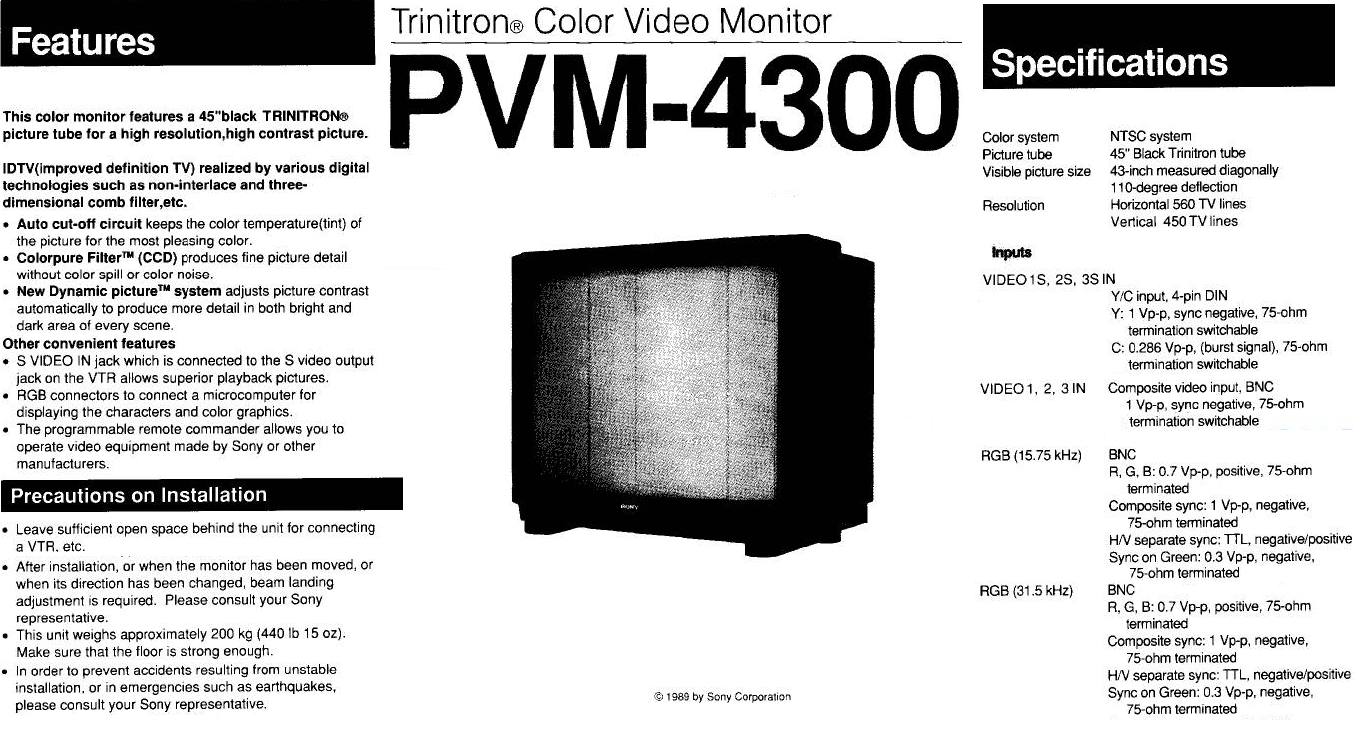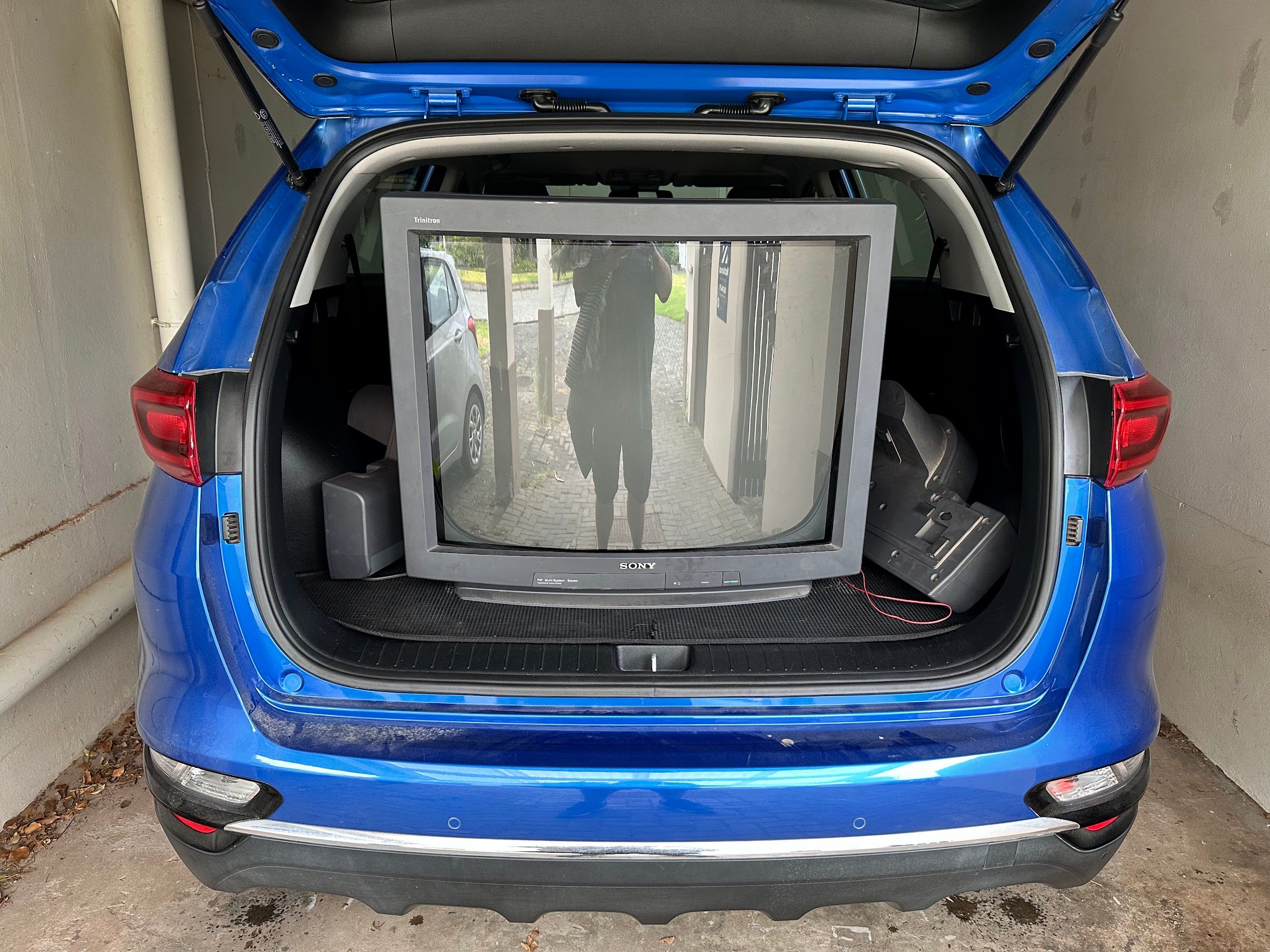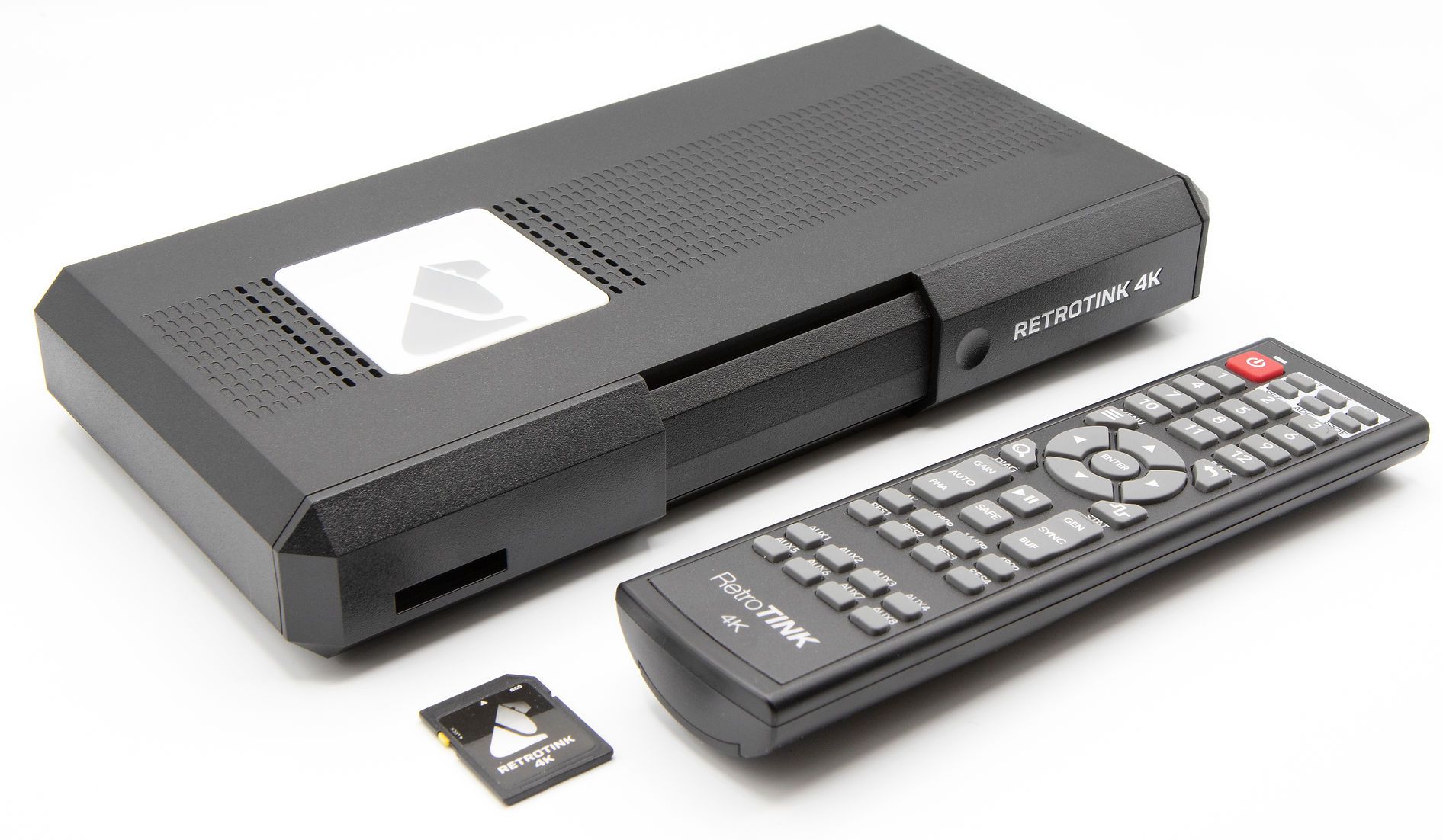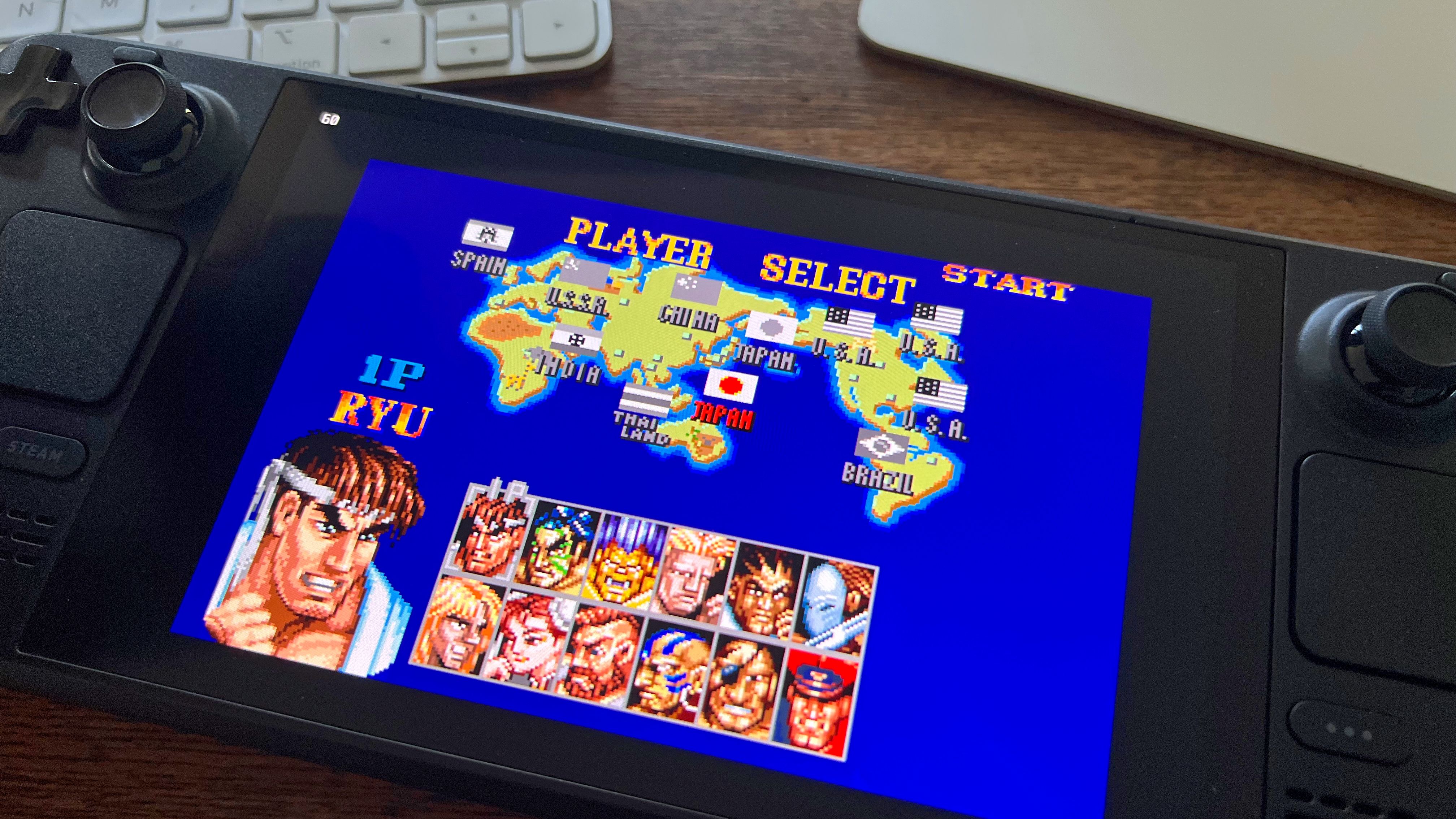The big hulking TVs that many of us had in our living rooms growing up have become prime collector’s items, especially among retro game enthusiasts. Despite their appeal, I’ll pass for now.
5
The Second-Hand Market Is Wild
Cathode ray tubes, or CRTs for short, make up the big boxy TVs you might remember before the days of thin LCDs and OLEDs. Since the technology is no longer being produced, the second-hand market has responded to the demand by jacking up the prices.
Scarcity will do that, which is understandable when the item in question is a quality example of its kind. Unfortunately, the knock-on effect seems to have impacted the entire market. Now Facebook Marketplace sellers want hundreds of dollars for any old trash, even budget models that have seen better days.
Shopping for a CRT means knowing what to look for, and what to avoid. Notably, flatscreen CRTs are a poor choice for retro gaming as they can distort the image at the edge of the display. This is particularly problematic for 2D games, where fixed perspectives and straight lines don’t behave as they do on a regular “fishbowl” set.
Scarcity can also make it harder to get your hands on a good specimen. Finding a sought-after Sony PVM, prized for their higher resolutions and use in professional applications, is easier said than done and that’s before you consider the price tag.
We’ve seen similar fates befall other bits of retro technology including physical media like vinyl and cassettes, film and early digital cameras, and old consoles and home computers. Personally, I’d rather spend my money on other aspects of the retro gaming hobby like original hardware, cartridges, and peripherals, or hardware that allows me to circumvent the need for a CRT in the first place.
4
They’re Too Big
While there are plenty of upsides to owning a CRT, like excellent black levels, great motion clarity, and the lack of a native resolution which makes old sprites look oh-so-good, by far the biggest downside is the size (closely followed by the weight).
Even a small, 19-inch CRT protrudes considerably at the back due to the technology’s reliance on the electron gun and phosphorescent screen. As the screen gets bigger, so too does the protrusion at the back. This is a problem if you have a limited amount of space.
While you can move a small CRT by yourself, things get considerably more difficult when you pass the 27 or 30-inch mark. Many of the larger models have built-in stands for a reason, and you’ll quite literally need multiple people to move these sets into place.
The maximum screen size is also a difficult pill to swallow compared to modern displays. I own a 65-inch LG OLED that sits a few inches away from the wall on a TV stand. If I needed to, I could lift it myself (though I’d never recommend it). The screen size to TV heft ratio of CRTs does not compare favorably.
Lastly, while some CRTs have a timeless elegance to them, many do not. They’re not all something you want to look at every day in the living room, which is an issue if you don’t have a spare room or basement ready and waiting for your hobby.
3
My OLED is Better
There, I said it. While LCDs, especially those that replaced CRTs, leave a lot to be desired; OLED technology gets a lot closer. My OLED display has perfect black levels, low latency, and excellent pixel response times. Sure, it lacks the soft glowing phosphor properties of a CRT, motion blur isn’t quite as good, and it doesn’t work with a light gun. For me, though, it’s good enough.
There’s a lot you can do to the signal from an old console to make the most of original hardware on a modern display. If you want near-perfection you can use a video scaler to upscale video signals to a higher resolution that’s better suited to modern TVs. By far the best example of its kind is the RetroTINK-4K, a $750 box of tricks that even includes CRT simulation profiles.
Though $750 might seem like a lot, a quick look at eBay shows listings that finished at $650 and $600 for 32-inch and 36-inch HDTV CRTs. Now consider that you can have the more modest RetroTINK 5X-Pro for $325 or the Open Source Scan Converter for a similar price, and the “downgrade” doesn’t seem so bad.
If you’re looking to play most of your old games via emulation, there’s a CRT simulator that can reduce motion blur by 50% on a 120Hz panel that’s now built into RetroArch. Even filters that add artificial CRT-style scanlines can go a long way to creating that retro look, flawed as they are.
2
They’re Ticking Time Bombs
I’m not saying that old CRT TVs are likely to literally blow up, but they are at some point likely to stop working as advertised. Even though CRTs are widely considered to be more reliable than their LCD counterparts, they’re not going to last forever.
Like it or not, CRTs are an endangered breed since nobody is making them anymore. This means that there are fewer spare parts to go around to fix issues that arise and fewer skilled technicians who can perform the work. On top of this, many of the problems cannot be fixed.
Notably, there’s no fix for “burn-in” which occurs when the phosphors degrade due to uneven wear. This can happen when a monitor displays the same image for a long time, and it’s also a problem with modern OLED displays. Once burn-in shows up, it’s too late for a fix.
Other issues include pincushion distortion which can cause parts of the screen to appear warped. Sometimes this can be fixed using the service menu or by replacing faulty parts, but it’s also a sign that the CRT has aged to a point where other components are likely to fail soon too.
Finding a good specimen that hasn’t degraded can be a lottery, which is why it’s so important to know what you’re looking for and test any potential candidates thoroughly.
1
Emulation is Good Enough for Me (and Portable)
I have too many new games to play, let alone old ones. Whenever I do decide to revisit an old favorite, I’m going for convenience every time.
Arguably the best reason to buy a CRT for retro gaming is for use with original hardware. While I still have my original Amiga 1200, an N64 and, three Sega Dreamcasts (I know) to name but a few; there’s a reason they’re in boxes up and not set up.
Emulation is just too damn convenient. I already have my entire collection sitting on a microSD card in a Steam Deck, ready to go with me wherever I am. I’m quite content using modern conveniences like save states to make the most of what free time I have to game. I particularly enjoy the additional challenge that RetroAchievements brings to old favorites, which is not possible on original hardware.
If I’m not even bothering with the original floppy disks and cartridges sitting in my garage, why would I bother with the CRT to go with it?
There are, of course, exceptions to every rule. If someone offers me a decent Sony PVM for $50, I’m only human. If ever I give in to my desire to build a vintage PC, I’d probably pick up a boxy beige bad boy on which to play Unreal Tournament and Thief. For now, it’s not a priority.
There’s also a small chance that I’m salty about no longer having the incredible Sony TV we had in the living room when I was a kid, on which I burned my eyes playing Shenmue and Soul Calibur. It still feels too soon.









